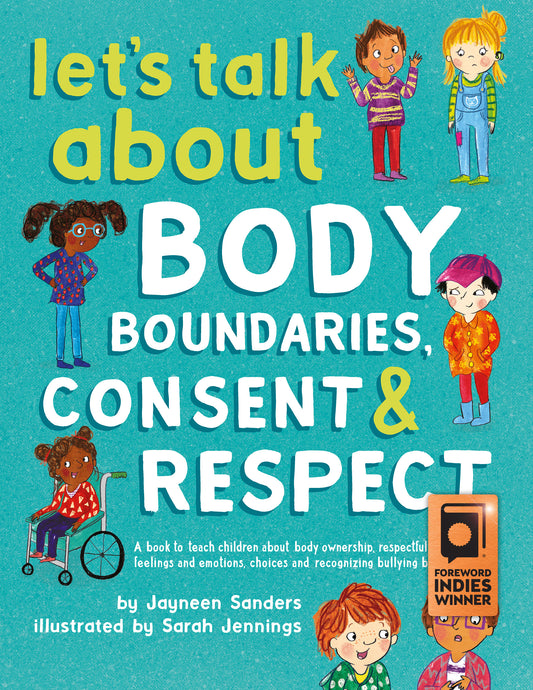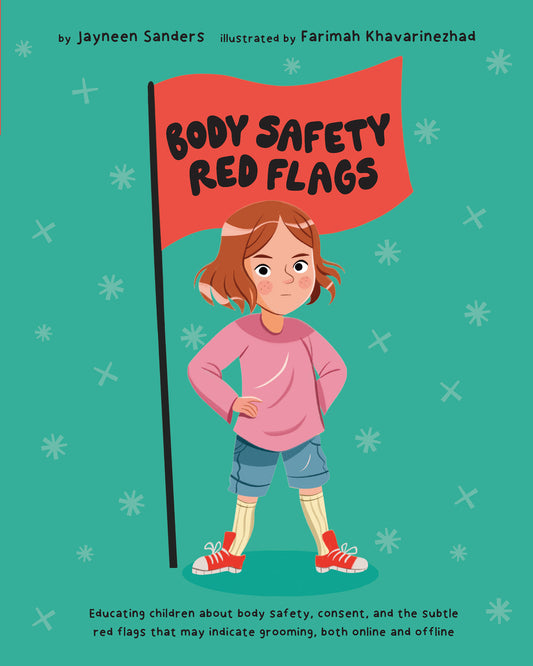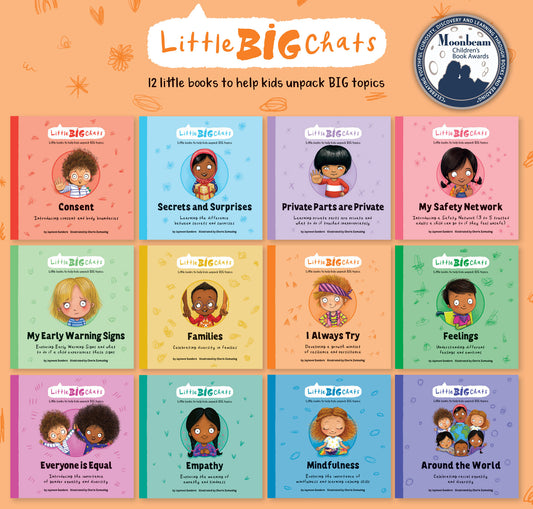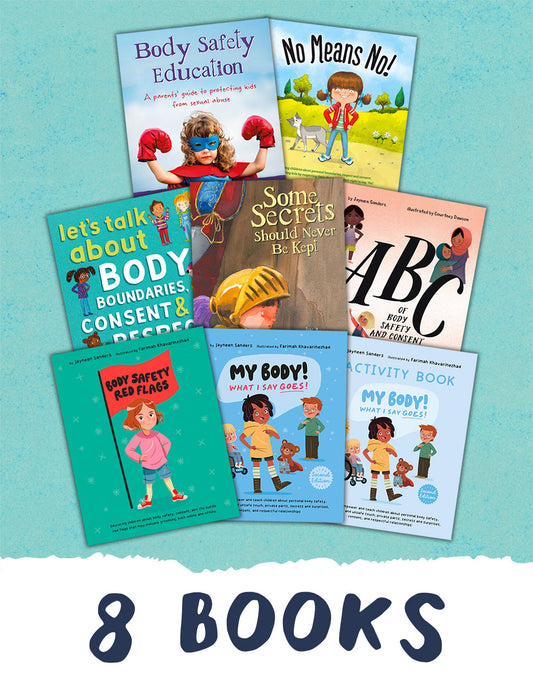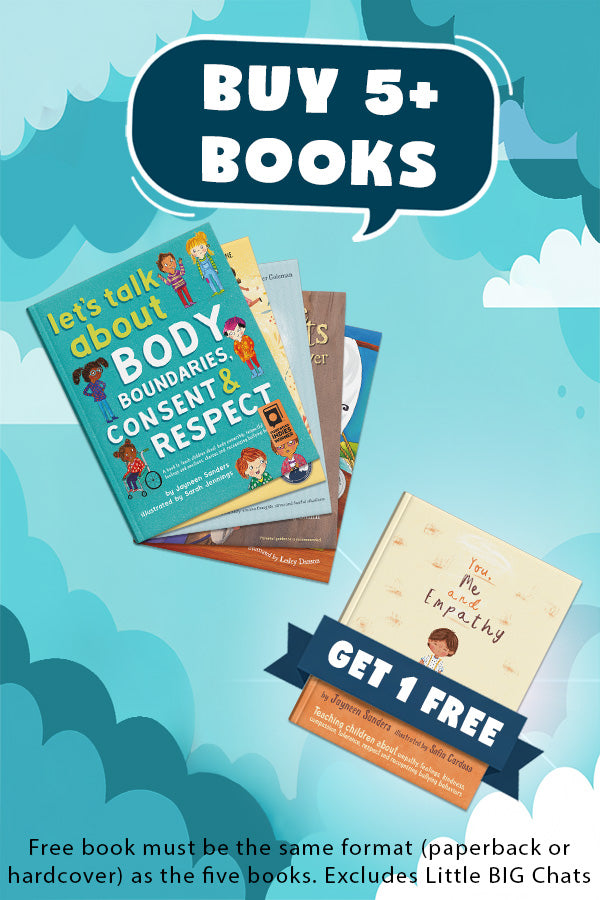When it comes to teaching children consent, we know some parents, carers and educators are unsure where to start.
Here are some ideas for role-playing different scenarios to help educate and empower children.
-
It helps them to rehearse what to do and say in an uncomfortable situation.
-
Practicing scenarios increases their chance of knowing exactly what to do or say if a situation does occur and lessens the likelihood of them ‘freezing’.
-
Plus, the connection is fun!
Give it a try, but before you start, make sure you decide on who is playing which part and that the child has consented to the role play.
-
Question: What if someone hugs you without your consent?
Example answer: Stop! I don’t want a hug. I did not give my consent. I can give you an elbow bump instead.
-
Question: What if someone pushes in front of you on the slide?
Example answer: Stop! I was first in the line. Wait your turn. -
Question: What if someone tries to hold your hand without your consent?
Example answer: Don’t hold my hand. I did not give my consent
-
Question: What if the dentist looks inside your mouth without asking for your consent
Example answer: You need to ask for my consent before looking inside my mouth.
-
Question: What if someone stands very close to you and comes inside your body boundary without your consent
Example answer: You are inside my body boundary without my consent. Please move further away.
-
Question: What if someone takes your toy/ball without your consent?
Example answer: Stop! You can’t take my toy/ball without my consent. You need to ask me first. -
Question: What if someone touches you without your consent?
Example answer: Stop! You cannot touch me. I did not give my consent.
-
Question: What if someone asks you to hug or kiss them and you don’t want to?
Example answer: No thanks! I don’t feel like a hug or a kiss right now.
During or after the role-play take your time to discuss each scenario. Reassure your child that they have the right to say ‘No’, even to an adult or older child, especially if they feel unsafe.
Talk about what respect means in general and also in terms of body boundaries. Ensure your child knows that people need to show respect for their body boundary, decisions, preferences, feelings, wishes; just as they should respect others.
We don’t always have to teach our children to be polite when it comes to consent, especially when consent has not been asked for. For example, we don’t have to say, ‘Sorry, but you didn’t ask for my consent.’ Or ‘Please don’t come inside my body boundary.’ If consent has not been asked for then, ‘Stop! You didn’t ask for my consent.’ Or ‘No! You can’t come inside my body boundary’, are perfectly valid responses.
It is equally important to encourage your child to talk about their feelings and emotions, and to assist them in developing empathy and understanding towards others. It is also important to value your child’s input and listen to their voice. Encourage and praise your child’s positive responses and reassure them that it is a person’s behaviour that is often unhelpful rather than the person.
Most of these situations (or similar) and how to navigate them are discussed in our books:
ABC OF BODY SAFETY AND CONSENT
MY BODY! WHAT I SAY GOES!
NO MEANS NO!
LET’S TALK ABOUT BODY BOUNDARIES, CONSENT & RESPECT

